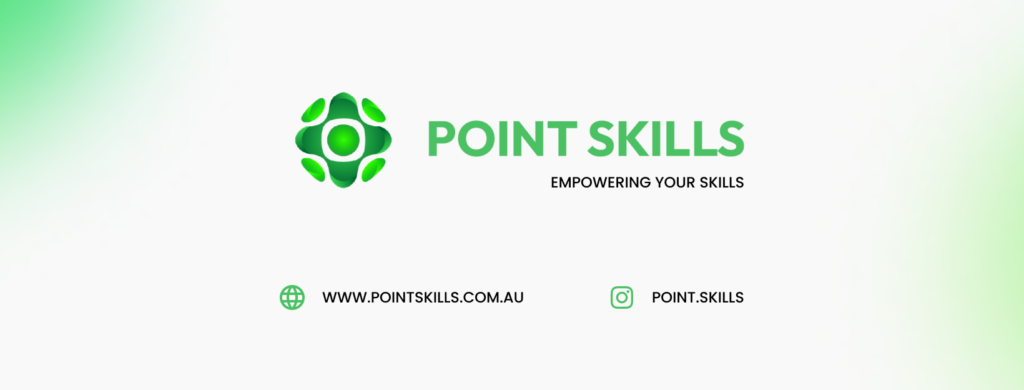Fastrack Your Qualifications in a matter of Weeks
No Classes to Attend, No Repeat Learning
Nationally Recognised Qualifications
A-Cost Effective way of achieving Your Qualification
Enhance Your Career Opportunities
100% FREE Consultation! Turn Your Experience into a Recognised Qualification!
FAQS
Recognition of Prior Learning (RPL) is an assessment method that recognizes and validates your existing skills, knowledge, and experience, regardless of how they were obtained. RPL provides a chance to receive formal recognition for your abilities, helping you advance in your education and career. It aligns your prior qualifications with the appropriate certification. RPL is a practical option for individuals who have gained expertise through work experience, informal learning, and more.
The RPL process is also flexible but more time to assess to your skills framework based on qualifications that you apply for. The time various from everyone is different but normally 4-8 weeks.
The RPL process involves the following steps:
Identify Your Learning Outcomes: Start by determining the learning outcomes you aim to achieve through RPL. These should align with the requirements of the qualification you are pursuing.
Collect Evidence of Your Learning: After defining your learning outcomes, gather supporting evidence to demonstrate your skills and knowledge. This evidence can take various forms, including work samples, portfolios, and reference or service letters.
Submit Your Evidence to an Assessor: Once your evidence is ready, submit it to an assessor who will evaluate it to see if you have met the qualification’s learning outcomes. If successful, you will receive the qualification.
Time-saving – RPL allows individuals to earn qualifications based on their existing skills and experience, reducing the time spent on formal studies.
Cost-effective – It provides a financially viable option by cutting down costs associated with traditional learning pathways.
Career advancement – RPL opens up new career opportunities and enhances prospects by validating real-world experience with recognized qualifications.
Competitive edge – Gaining a qualification through RPL can provide a distinct advantage in the job market, as it formally acknowledges your expertise.
Boosts self-confidence – Having your skills formally recognized can improve self-esteem and confidence in professional capabilities.
Knowledge and skills expansion – The RPL process helps individuals identify areas of strength and gaps in knowledge, encouraging ongoing personal and professional development.
Yes, in many cases, a trade license can be obtained through Recognition of Prior Learning (RPL). Your skills and experience are evaluated through an RPL assessment to determine if they meet the licensing requirements, potentially expediting the licensing application process.
A Registered Training Organisation (RTO) is an accredited entity by the Australian government that provides training and assessment services. RTOs offer a variety of courses across numerous industries.
Yes, Recognition of Prior Learning (RPL) is recognized across Australia. The Australian Skills Quality Authority (ASQA) oversees and ensures that RPL meets national standards by working alongside Registered Training Organisations (RTOs) to offer legitimate and nationally accredited qualifications.
Recognition of Prior Learning (RPL) is an assessment method that recognizes and validates your existing skills, knowledge, and experience, regardless of how they were obtained. RPL provides a chance to receive formal recognition for your abilities, helping you advance in your education and career. It aligns your prior qualifications with the appropriate certification. RPL is a practical option for individuals who have gained expertise through work experience, informal learning, and more.
The RPL process is also flexible but more time to assess to your skills framework based on qualifications that you apply for. The time various from everyone is different but normally 4-8 weeks.
The RPL process involves the following steps:
Identify Your Learning Outcomes: Start by determining the learning outcomes you aim to achieve through RPL. These should align with the requirements of the qualification you are pursuing.
Collect Evidence of Your Learning: After defining your learning outcomes, gather supporting evidence to demonstrate your skills and knowledge. This evidence can take various forms, including work samples, portfolios, and reference or service letters.
Submit Your Evidence to an Assessor: Once your evidence is ready, submit it to an assessor who will evaluate it to see if you have met the qualification’s learning outcomes. If successful, you will receive the qualification.
